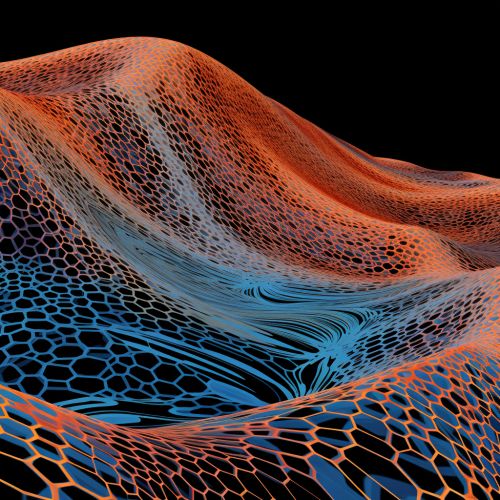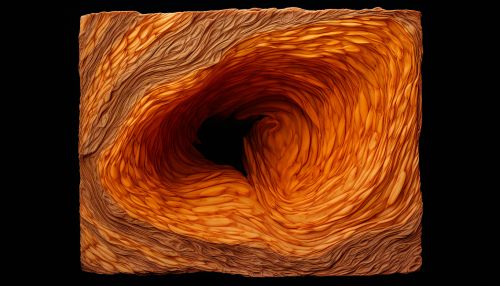Optical Coherence Tomography
Introduction
Optical Coherence Tomography (OCT) is a non-invasive imaging technique that provides high-resolution, cross-sectional images of biological tissue. This technique is based on the principle of interferometry, and uses light to capture micrometer-resolution images from within optical scattering media such as biological tissue.
Principle of Operation
OCT operates on the principle of low-coherence interferometry. In typical use, light with a broad spectral width is split into two arms - a sample arm (containing the item of interest) and a reference arm (usually a mirror). The combination of reflected light from the sample arm and reference light from the reference arm gives rise to an interference pattern, but only if the path length difference is less than the coherence length of the light source.
Types of OCT
There are three types of OCT: Time-domain OCT (TD-OCT), Frequency-domain OCT (FD-OCT), and Full-field OCT (FF-OCT).
Time-domain OCT
In TD-OCT, the length of the reference arm is varied in order to obtain an A-scan. To obtain a B-scan, many of these A-scans are combined.
Frequency-domain OCT
In FD-OCT, the spectra of light reflected from the sample arm and reference arm are compared. This can be done either by linearly varying the wavelength of the light source and detecting interference fringes (swept-source OCT or SS-OCT), or by using a broadband light source and a spectrometer (spectral-domain OCT or SD-OCT).
Full-field OCT
In FF-OCT, en face images at different depths are obtained by varying the reference arm length and using a 2D detector. This technique is most similar to conventional microscopy, with the added advantage of depth resolution.
Applications
OCT has found many applications, primarily in medical imaging. It is used extensively in ophthalmology, where it can provide detailed images of the retina. OCT is also used in cardiology for imaging coronary arteries, in gastroenterology for imaging the gastrointestinal tract, and in dermatology for imaging skin lesions.
Advantages and Limitations
OCT has several advantages over other imaging techniques. It is non-invasive and can provide real-time, in vivo images. It has high resolution, comparable to that of a low-power microscope. However, OCT also has some limitations. The depth of penetration is limited, typically to 1-2 mm in tissue. The image quality can also be affected by scattering and absorption of light.
Future Directions
Future directions for OCT research include improving the depth of penetration, improving the image quality, and developing new applications for OCT. There is also interest in combining OCT with other imaging techniques, such as fluorescence microscopy, to provide complementary information.
See Also


